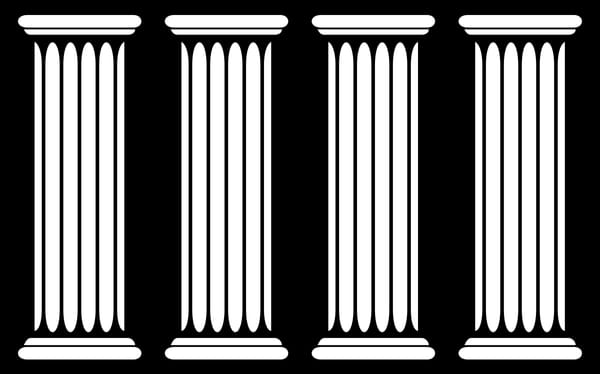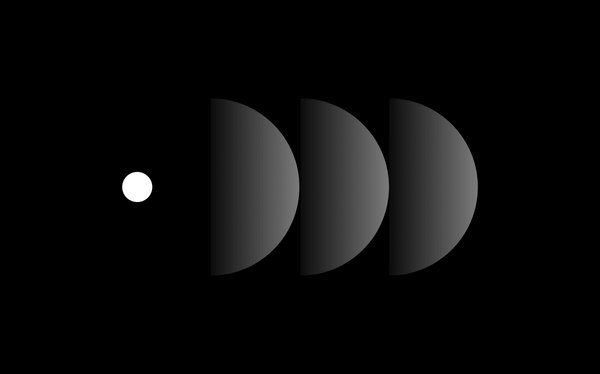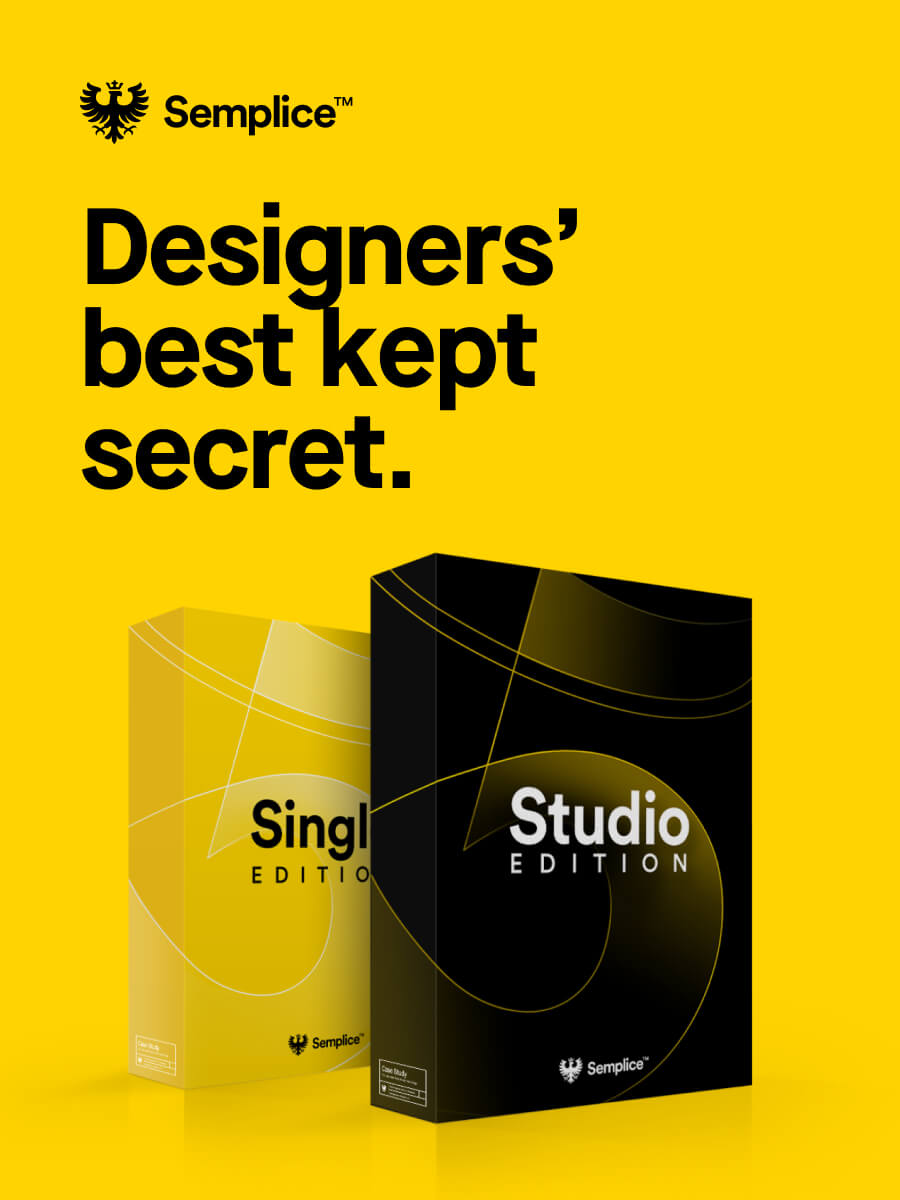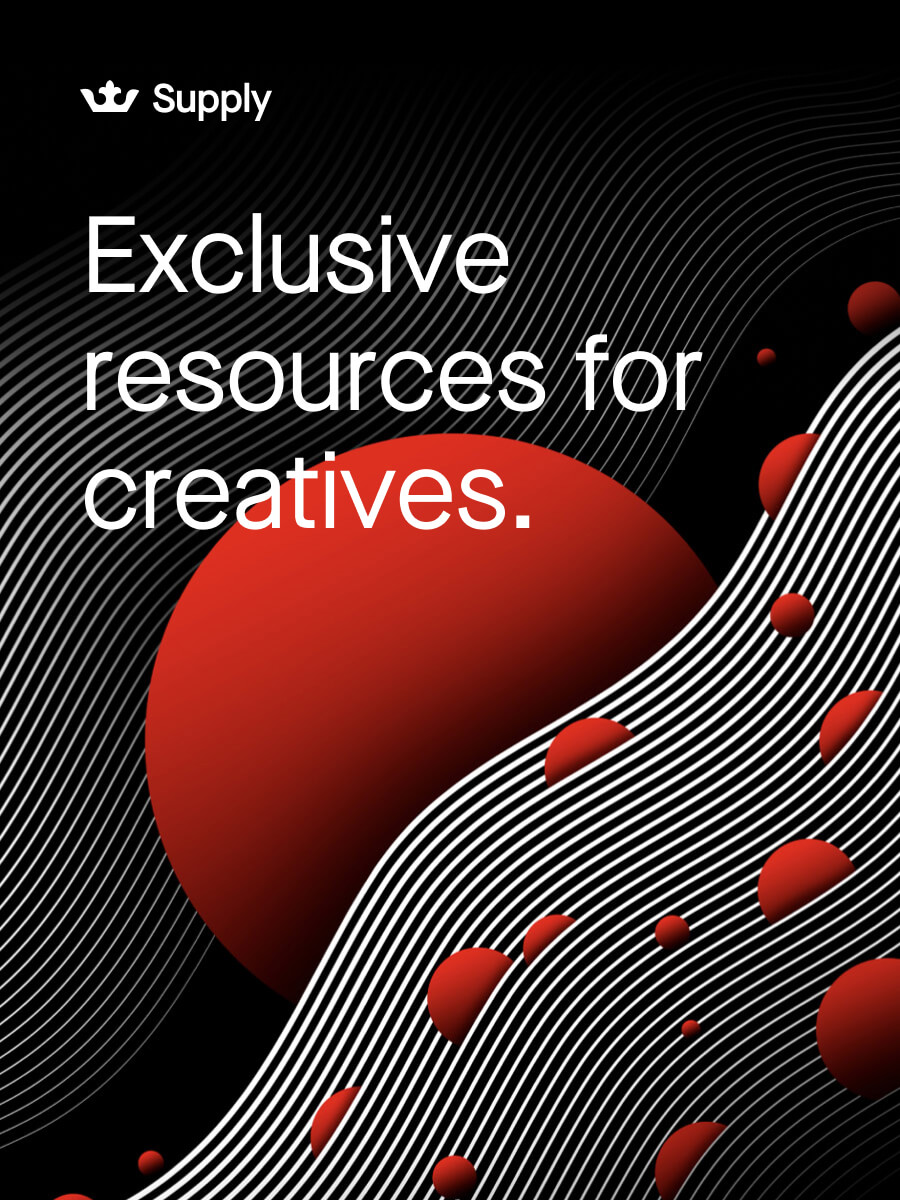Designing the future of clothing, where extreme functionality & creativity meet
Published
In every good story, the hero takes a journey. In my world, it's the designers turned product founders. The startups grown into multi-million dollar businesses. Or, in this case, the extreme adventurers now designing the future of clothing.
I was first drawn to Vollebak simply for its style. It's the kind of clothing I'd wear every day, although I'm not exactly its target audience.
Steve and Nick Tidball, founders of Vollebak, create high tech clothing meant to withstand the most extreme of circumstances. Before starting the company, the twin brothers competed in ultramarathons through the Namibian desert, the Amazon jungle, the Alps. And they still adventure now, which inspires the outerwear they create.
I talked to Steve and Nick about their unusual creative process, the possibilities of sustainable clothing design and what it looks like to run a clothing brand like a tech brand.
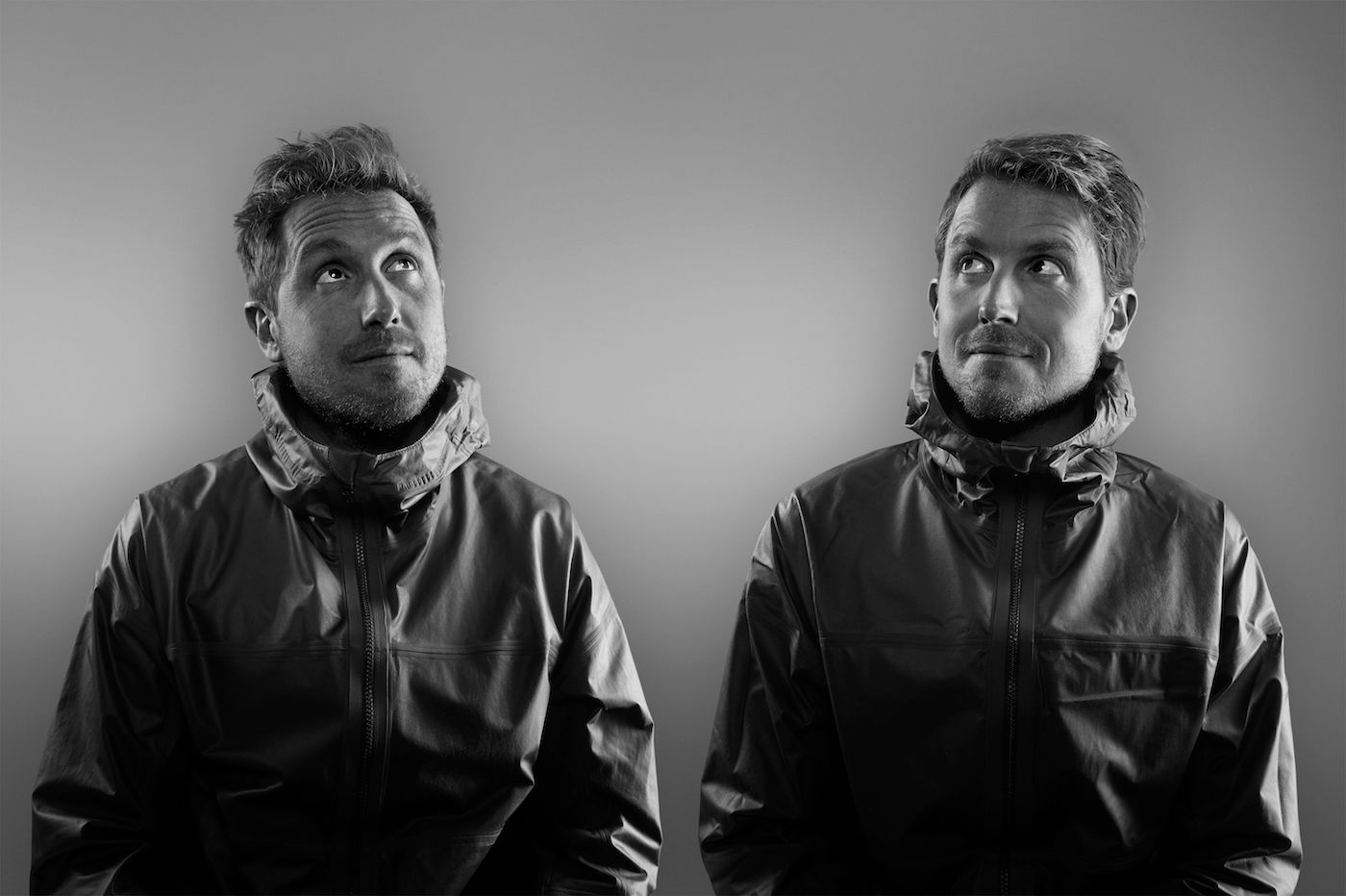
"What we saw was this amazing crossover where extreme functionality and the extremes of creativity were impossible to tell apart. And that’s where we realized we should sit."
You’ve experienced your most creative moments at the point of extreme physical and psychological pressure, including a shared hallucination that sparked the idea of Vollebak. Is this a creative process you’d recommend to others?
STEVE: I guess it depends on your capacity for tolerating risk and pain! So when we’re coming up with new ideas so many of them come from being outside in nature running, riding, paddleboarding. I’m a huge fan of the concept of flow, so I deliberately harness this state to come up with most of my ideas. On a practical level that simply means doing the majority of my thinking when I’m out doing sport in nature, or immediately after finishing.
So for example, our Plant and Algae t-shirt is the result of an experience we had competing in a six-day ultramarathon through the Amazon. At the end of the race, a bunch of the runners put their kit into a pile and burnt it as it was covered in a week’s worth of blood and piss and sweat. And we wondered whether instead of burning your clothing at the end of these races, you could simply bury it - so we set out to make a piece of clothing entirely out of natural materials that could be buried in the ground and return to nature once it reached the end of its lifespan.
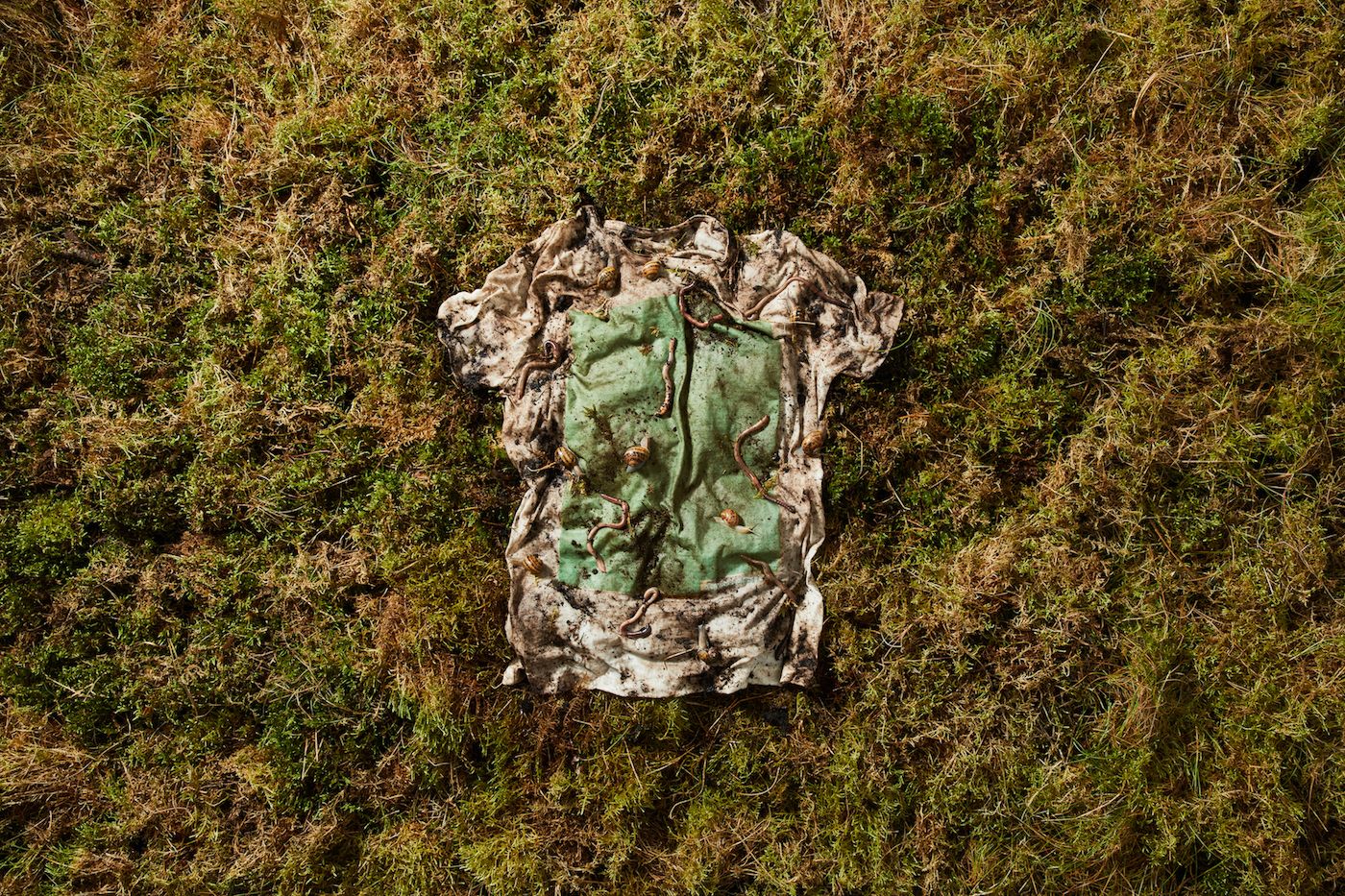
NICK: For us, the best ideas always come from getting stuck into the reality of a situation and talking it through until you come up with something interesting. But our creative moments also happen in less pressured environments, and outside the world of adventure sport.
One of the moments that proved really influential in creating our design principles was the elBulli exhibition at the Courtauld Institute – as we never got the opportunity to visit the restaurant itself. One of the things that stood out most was a bespoke plate they had created for one of their dishes. It was entirely black and molded with a series of unique oval indentations where the various elements of the dish were intended to sit.
What we were really fascinated by was how in a different context, if you’d been told it was a plate designed for a mission into deep space you would have believed it. What we saw was this amazing crossover where extreme functionality and the extremes of creativity were impossible to tell apart. And that’s where we realized we should sit. Nearly every subsequent aesthetic decision has fallen out of that.
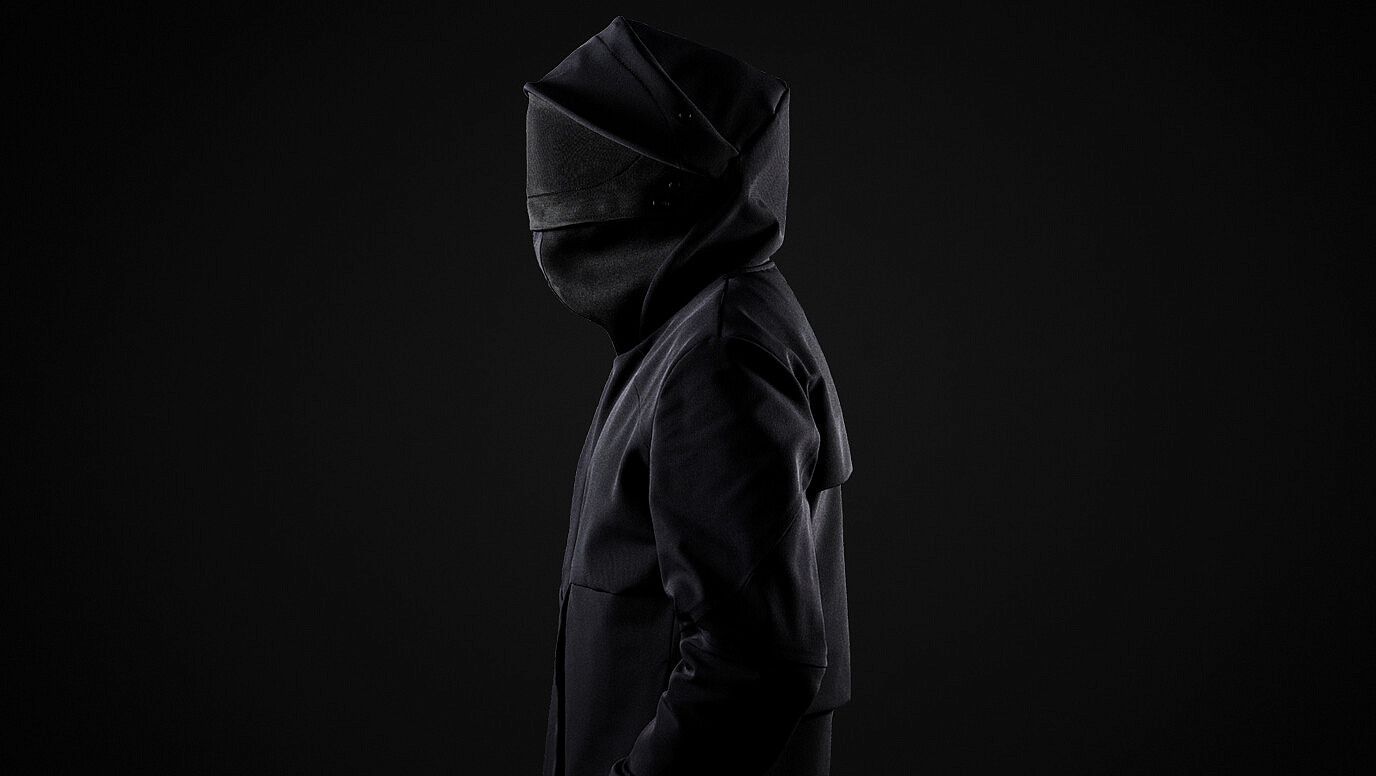
Vollebak clothing can withstand fires, water, wind, time – extremes I don’t often find myself in, but I want the clothes nonetheless. Who is this clothing made for?
STEVE: We never set out with an overly-tight target audience in mind. Instead we started out with the question “What happens if we make the world’s most advanced clothing?” The reality is that this approach has been a magnet for people interested in the future.
NICK: We obviously have extreme sports athletes, adventurers and the military. And at the same time, we have a lot of scientists, doctors and entrepreneurs – people who are actively shaping the future in their fields. This has helped us grow incredibly quickly from a brand that started with just two pieces of clothing four years ago, to one where you can kit yourself out for most adventures anywhere on Earth.
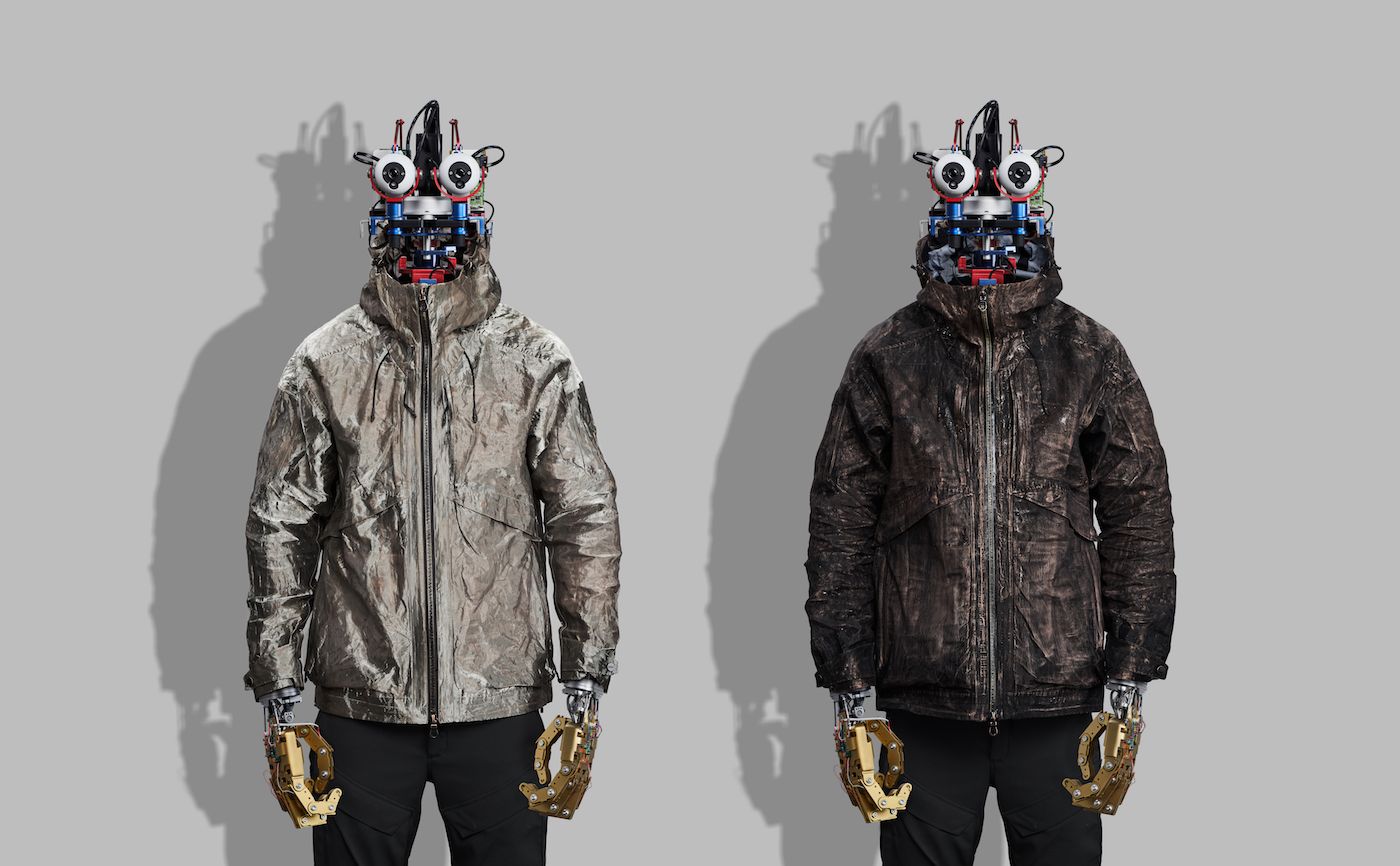
My own products are geared toward a very niche group of people within an already niche market. And I’m happy staying there rather than going for the largest reach possible. I gather you think the same way?
STEVE: Before 2020 lots of our clothing had been adopted by people who seek out risk for fun – which is definitely a relatively small subset of people.
But what’s interesting now is that we can see the world becoming increasingly unpredictable, from disasters like flooding, wildfires and full-scale pandemics. And 2020 has shown that these really significant risks are now being faced by everyone. So I think what was once relatively niche might very soon not be.
NICK: If you’d asked people six months ago “How do you dress for a life and death situation?” you’d probably have been met with a lot of confused faces. But now, whether you’re seven years old or 70, you could probably debate the relative merits of covering your nose and mouth with a makeshift cotton bandana, wearing a homemade Perspex face shield, or leaving your house in a full hazmat suit.
So as we enter a new era of disease, the Earth heats up, and people of all ages are exposed to risk, gear like our Full Metal Jacket – which is our first step toward disease-resistant clothing – has much wider potential.
As far as I know, you don’t have a background in technology or science. How do you go about brainstorming and creating this clothing? Are you collaborating with scientists as well as fashion designers?
STEVE: Before launching Vollebak, we’d worked together in advertising for 15 years helping creative direct some of the world’s biggest brands like Adidas and Airbnb. So we took our experience from there to build our own brand. From the outside, we could see an industry that was fighting wars overpricing, trends and consumer eyeballs. But we couldn’t see the same level of competition around true innovation or ideas. And our background was in ideas.
NICK: When it comes to development, quantum leaps in technology are required for a lot of our gear, and it can take up to four years to find the partners we need and evolve the technology. We work very closely with partners who are also interested in exploring what the future of materials and clothing will hold. But they can come from extremely disparate fields, all the way from academic research, to fabric mills to military psychologists.
"I don’t know if anyone has ever put a camel in a lab before. But with our method, we don’t need to."
I know your clothing is inherently more sustainable than the standard, throwaway athletic clothing, and you’ve explored environmental friendliness even further with the Plant and Algae t-shirt. But when you’re working with extremely high-tech materials, it seems like you can only take sustainability so far. Do you see a future where you can create sustainably without sacrificing quality?
STEVE: So we have to explore advanced materials and sustainability at the same time – because the future will be built around both. And they may well collide at some point down the line.
Interestingly we don’t view sustainability as an advancement. 5,000 years ago humanity already had sustainable clothing. Otzi man was dug up wearing deer skin, grass and tree bark. His clothes were made entirely out of nature and would simply return to nature when he died.
So in terms of making sustainable clothing, we have some way to go just to catch up with where we’ve already been as a species.
NICK: My feeling is that with the rise of biomaterials, and fabrics that you will be able to grow in a lab, that ultimately the most advanced materials will also become the most sustainable. We might just be looking at a 50-year timeline before we get there.
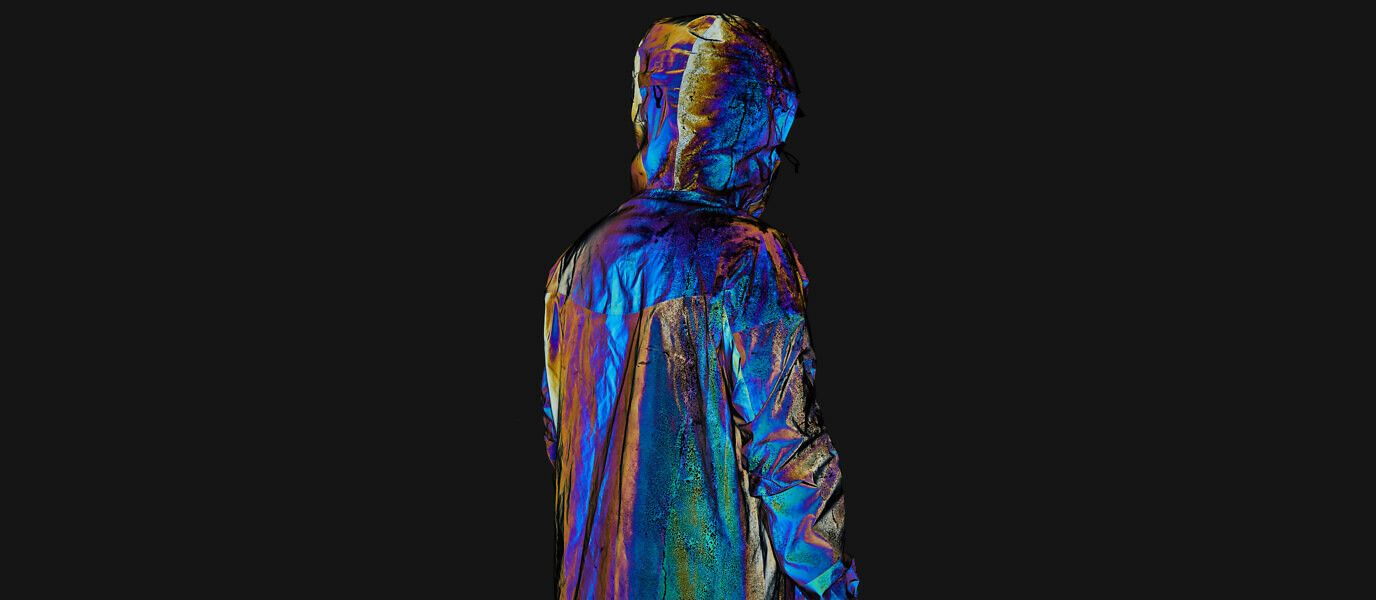
You like to ship your products early to get feedback early and iterate from there. Is there ever a battle with perfectionism and doubt at this stage, or is taking that risk another adrenaline rush for you?
STEVE: A lot of the ways we operate make us more like a technology brand than a clothing brand. In tech, you can either be late or early. To be late you’d stay in the lab for the next decade until you’d perfected lightweight armor made from graphene. To be early, you’d put an experimental prototype out into the world and harness the collective testing power of early adopters to improve and iterate.
So we open up our R&D process to our customers and to the outdoors, in order to accelerate their innovation and discovery. By taking these materials out of the research labs and into the field, we see our gear tested in the extreme scenarios for which they’re designed, and in some of the most remote parts of the world. And we’re comfortable with the process because it leads to excellent discoveries. For example, if we hadn’t released early, we might not have discovered that our Graphene Jacket could be used as a life-saving solar panel, or that you could strap it to a camel’s belly to absorb heat.
I don’t know if anyone has ever put a camel in a lab before. But with our method, we don’t need to!
NICK: Even for our first iterations, the process of building our gear is an exercise in no-expense-spared craftsmanship. While your idea is important, your execution is everything. A good idea executed badly is almost worthless. So we will only ever put something out into the world that people can see has had time, attention and love poured into it. While we come up with new ideas every day, very few are ever launched, and every piece takes between one and five years to make.
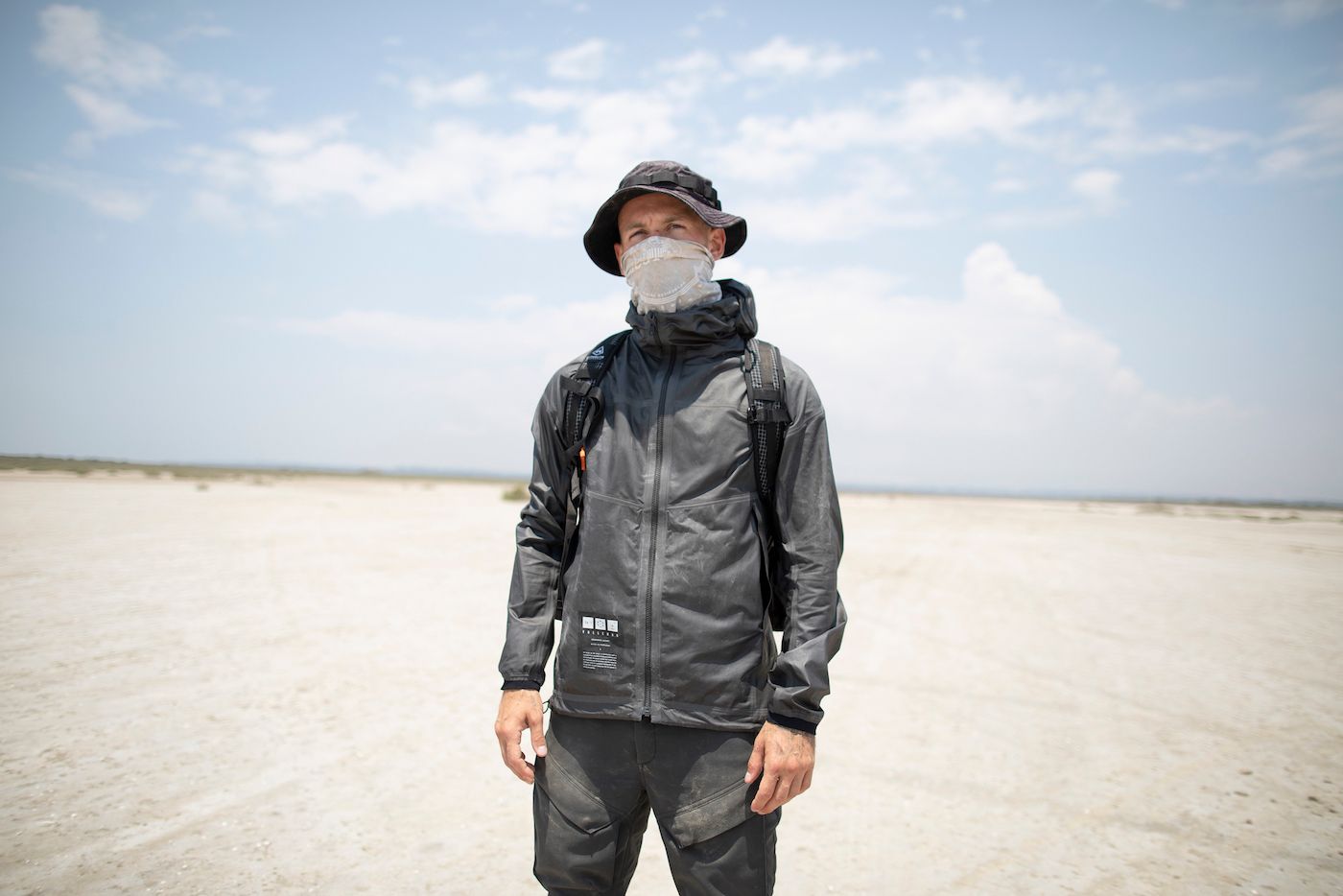

You’re both into extremes when it comes to the outdoors, pushing your body and just general adventure. I sense it’s either all or nothing for most things you do. Does this apply to other places in your life/work?
STEVE: I would definitely agree that we don’t half do things. So even when I was told I had about 30 minutes left to live if I didn’t stop running an ultramarathon across the Namibian desert, I took about 5 hours out, then rejoined the race. Now I’m well aware that’s not normal decision making! And I suspect we do a lot of that in normal life too.
NICK: We definitely commit when we decide to do something. But we look at everything pretty simply, which is: When you’re 80 and you’re looking back at what you did, are you going to remember it? And are you going to be proud you did it? If the answer is no to either of those questions then you probably shouldn’t be doing it.
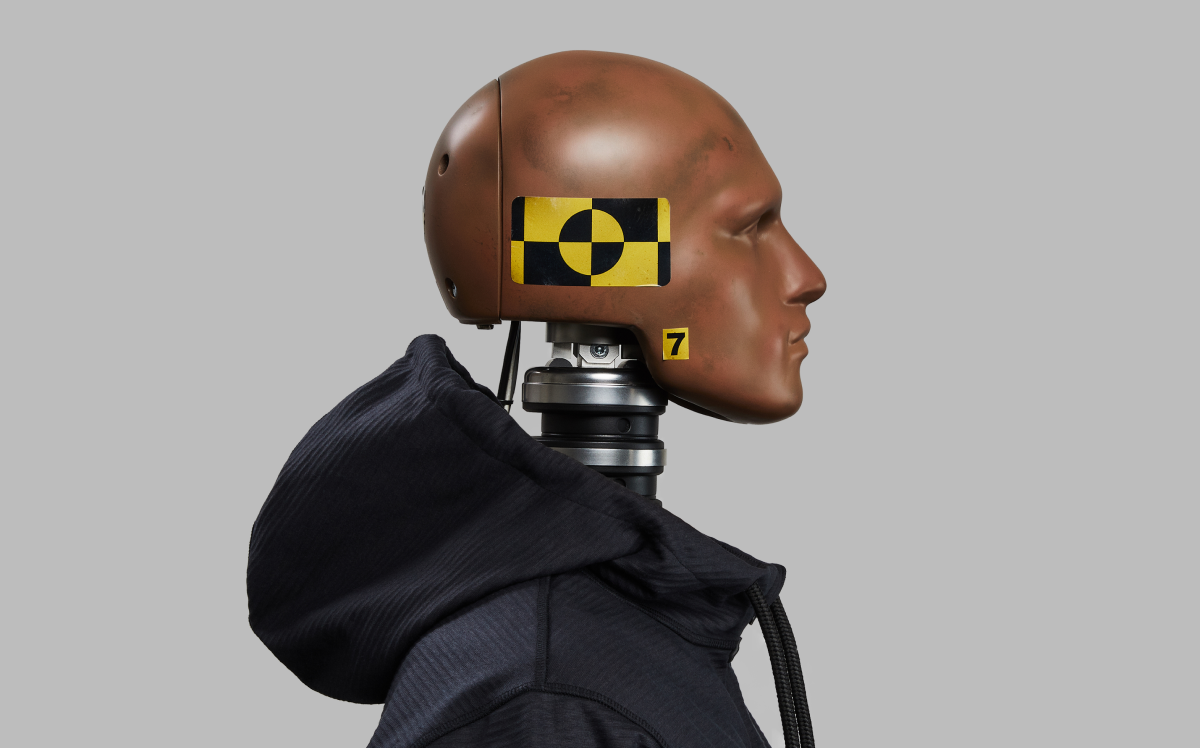
I’ve found once you’re running a company based on what you love, you eventually find it harder to make time for doing what you love. How do you run a business and also make time for the adventure/life experiences that fuel it?
STEVE: Nick and I are very hands-on. Having spent 15 years as a copywriter I write every word we put out. I can’t ever imagine leaving this to someone else. But as ideas are at the center of our business, we try and spend as much time as possible doing the stuff that generates those concepts. So we always find time to run, ride, surf, ski, climb, kayak, paddleboard.
NICK: There’s a saying about how you should meditate for 20 minutes a day, unless you’re too busy, in which case you should meditate for an hour. That’s what we do with sport. The more we know we have to get done, the more sport we’ll do as it keeps our brains wired.
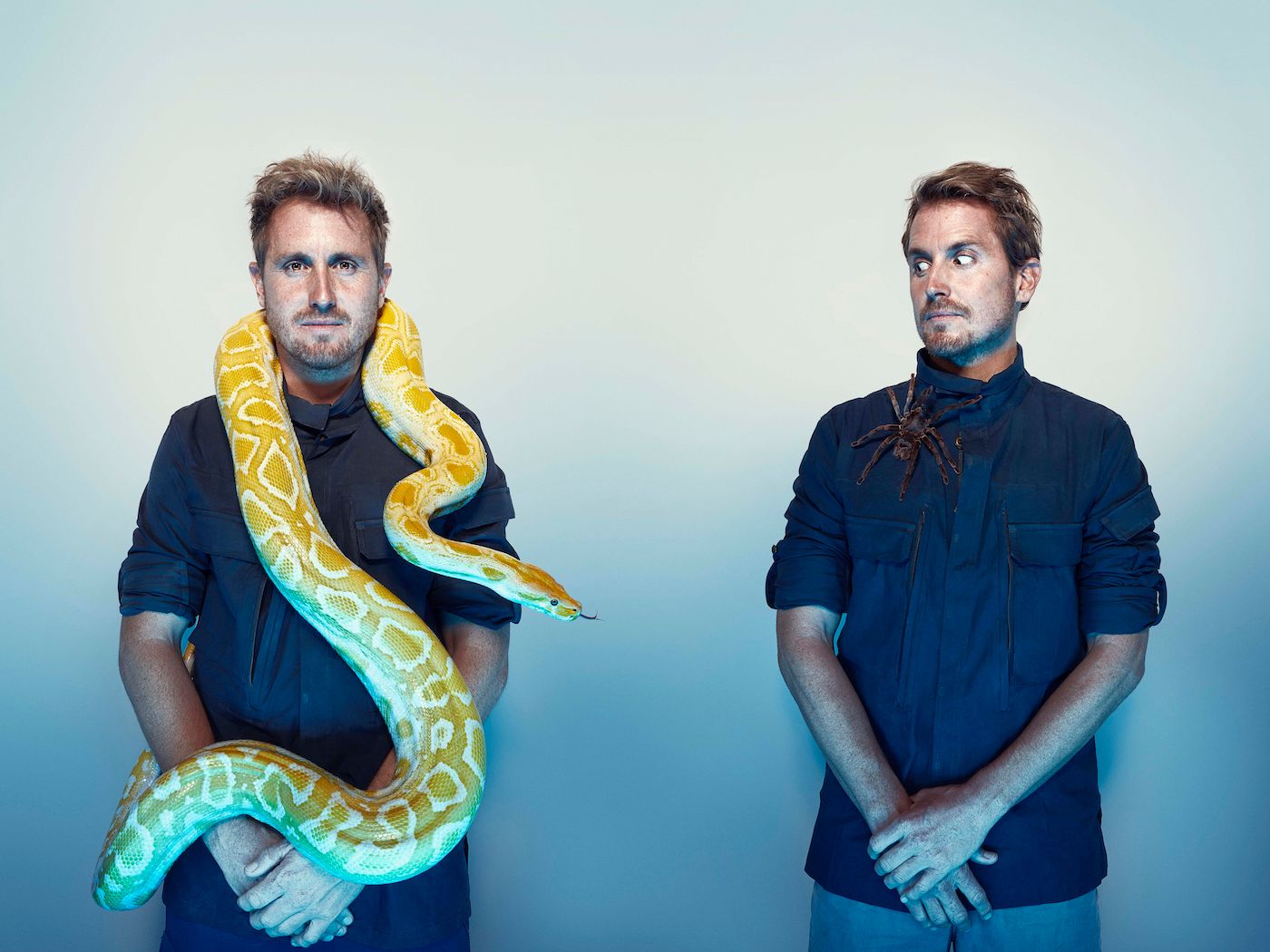
I know Vollebak has been compared to Tesla, and I’m a big fan of Tesla myself – but despite how advanced and futuristic its cars may be, they still look like... cars. Do you envision, or see a need for, a piece of clothing that might not even look like clothing? Or something so futuristic we can’t yet understand or see the need for it?
NICK: My gut is that Elon is only just getting started. Typically the things people like that are putting out into the world, are five years behind the stuff they’re thinking about in their heads. We’re the same.
STEVE: I think over the next decade and beyond our fundamental understanding of what clothing is, and what it is there to do, will shift. I think we will look back and laugh at how basic it is today. It won’t make sense that it just sat there on your skin doing nothing other than keeping you warm!
"I think I’ll just continue to be most excited about whatever it is I come up with that morning."
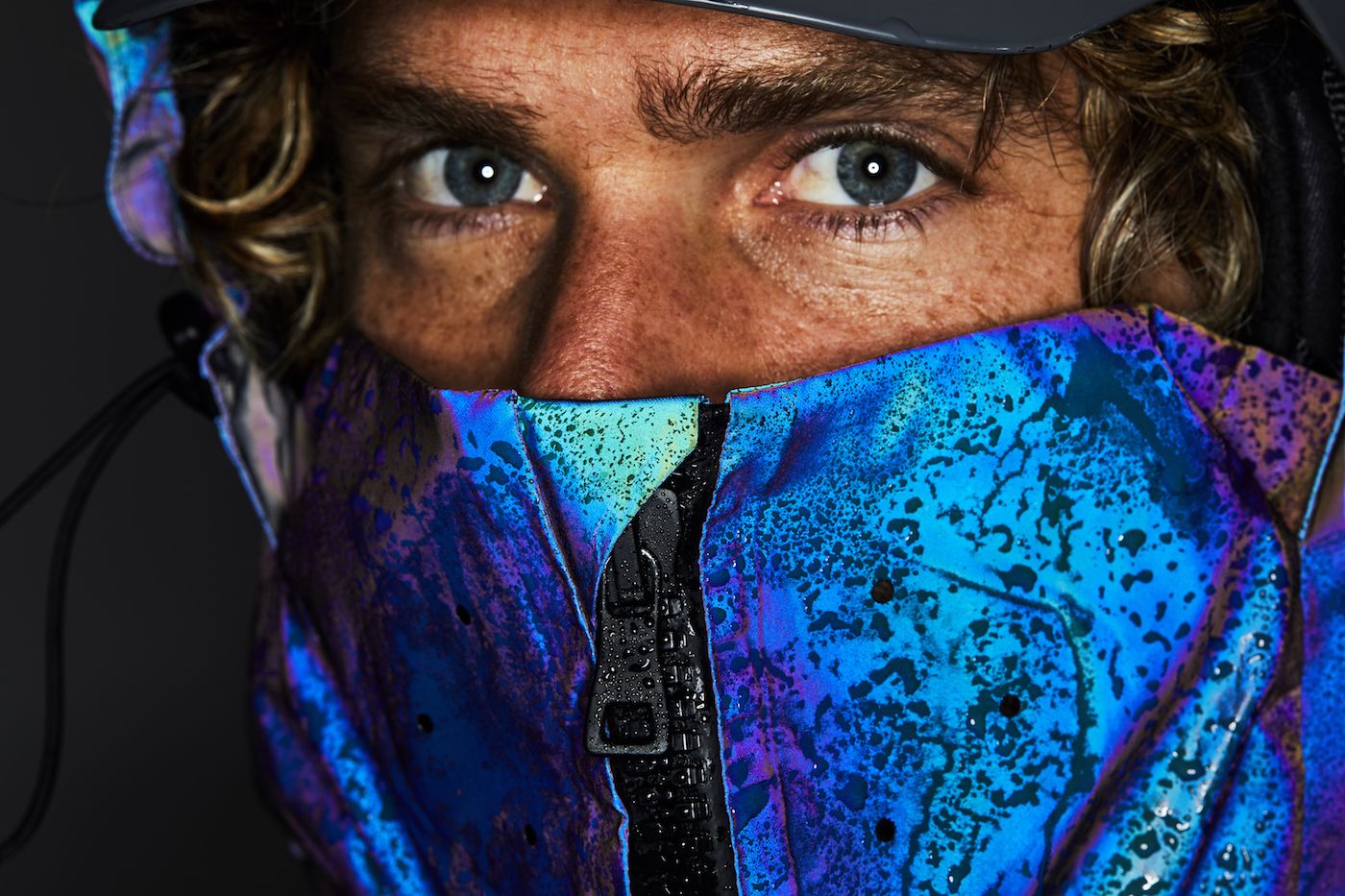
You built a product you wanted to use yourself. I’ve found that’s the best way to begin. What do you want or need now that doesn’t exist yet, whether that’s clothing, tech or something else?
STEVE: I would quite like to be able to clone myself to double my output. Or at least create a digital version of my mind so it can be working on problems while I’m sleeping.
NICK: I think I’d like a Boston Dynamics robot to ride around London. And a few pet ones for my children to ride.

Any new pieces coming out from Vollebak we should know about, or pieces you’re dreaming to create but haven’t yet?
STEVE: We’ll continue to look at intelligent clothing from two angles. We have to build the base conditions – looking at advanced conductive fabric like graphene and copper. And at the same time we’re working on "the intelligence" itself – so what it is that we want to gather and why.
NICK: I think I’ll just continue to be most excited about whatever it is I come up with that morning. Most of the time I don’t know what that’s going to be until it just appears. The only real limit we face is, can that thing be physically built today? Is the technology ready? Because it’s always far easier to simply think of something than it is to build it. But that’s the fun – marrying those two worlds.
Read more
© 2021 House of van Schneider LLC
All rights reserved.
MORE ABOUT TVS
About DESK
Curated mixtapes
DESK partnerships
BECOME A FRIEND
Twitter
Dribbble
Instagram
We're sorry, our pandas couldn't find any articles
Why don't you take a look at popular topics like
Design, Productivity or Self-Improvement?

